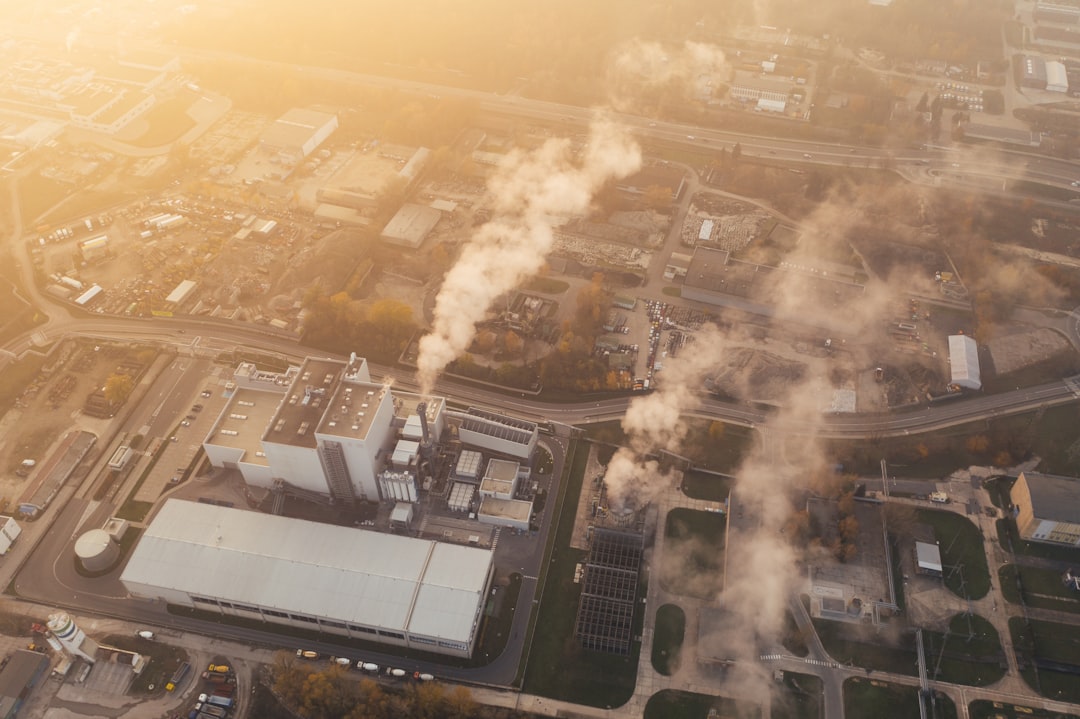What is it about?
Azo dyes are mostly used synthetic dyes and are frequently discharged into the environment in massive quantities and therefore constitute a vital component of wastewater effluent, especially in developing countries. These dyes are highly toxic with mutagenic and carcinogenic effects causing adverse effects on the lungs, liver, circulatory, reproductive, and immune system in human and animals. Previously anaerobic degradation of azo dyes was mentioned that produced highly toxic aromatic amines. Here, we have used an aerobic bacterium that converts these dyes into non-toxic products.
Featured Image

Photo by CDC on Unsplash
Why is it important?
The most important in the degradation of azo dyes is to convert them into non-toxic metabolites that are harmless for the environment but the previous solutions for the biodegradation of azo dyes give more toxic aromatic amines. Therefore, our findings give an ultimate solution for the degradation of azo dyes by using aerobic bacterium that converts them into non-toxic metabolites.
Perspectives
This article gives a thought to discover more microbes as well as their enzyme to find some insight mechanism for the aerobic degradation of azo dyes.
Dr Tatheer Alam Naqvi
COMSATS Institute of Information Technology
Read the Original
This page is a summary of: Decolorization of azo dyes by a novel aerobic bacterial strain Bacillus cereus strain ROC, PLoS ONE, June 2022, PLOS,
DOI: 10.1371/journal.pone.0269559.
You can read the full text:
Resources
Contributors
The following have contributed to this page










